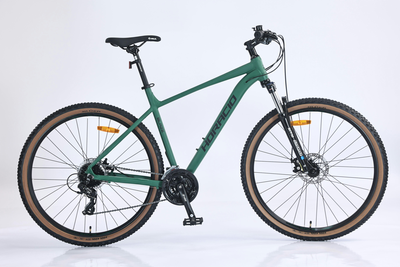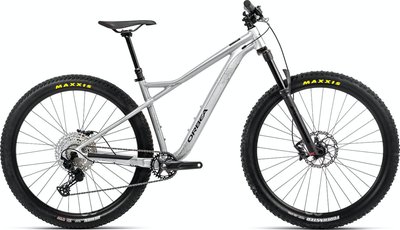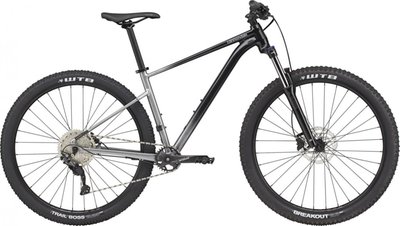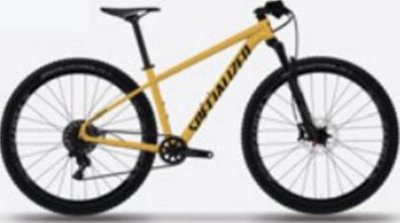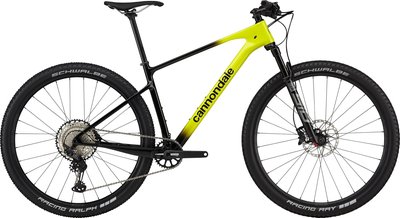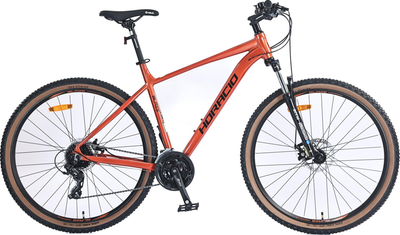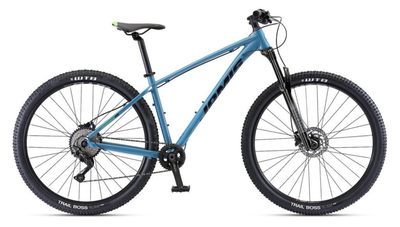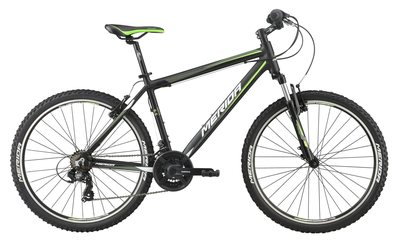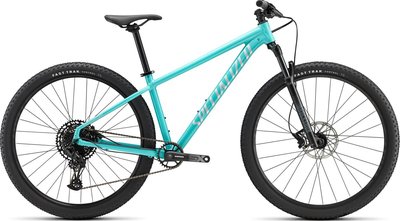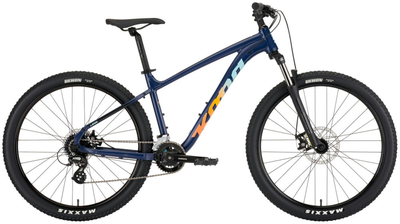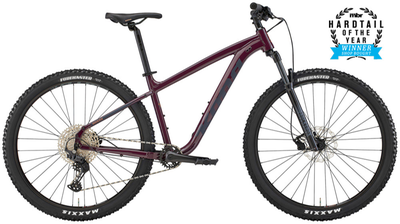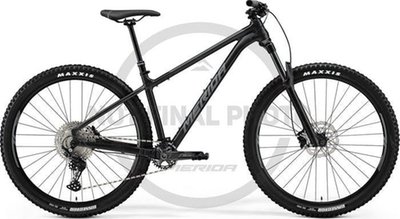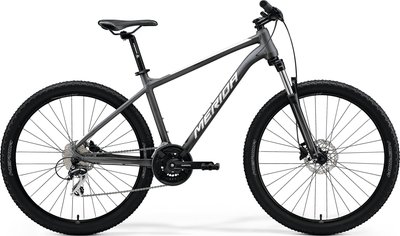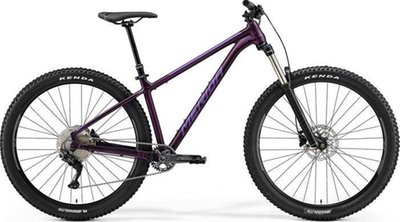Mountain Bikes for Men
427 Results
Ultimate Guide to Choosing the Best Mountain Bike for Men
So, you’re thinking about buying a mountain bike, huh? Whether you're new to mountain biking or looking to upgrade, finding the best mountain bike for men can be a bit overwhelming. There are tons of options out there, each with different features, price points, and specialties. Don’t worry - I’ve got you covered with this guide. By the end of it, you’ll have a better sense of what to look for and how to choose the right mountain bike to fit your needs. Let’s get rolling!
Why Mountain Biking? The Benefits of Hitting the Trails
Mountain biking isn’t just a workout; it's an adventure. Taking on trails, climbing hills, and exploring rugged landscapes give you a unique adrenaline rush and the chance to connect with nature. Plus, it’s one of the best ways to improve strength and endurance while having fun. For men especially, mountain biking can be a great stress reliever, giving you time to disconnect and just ride.
Types of Mountain Bikes
When you're looking for a mountain bike for sale for men, it’s essential to understand the different types available. Each type is designed for specific kinds of terrain and riding styles, so getting the right one will make a big difference in your experience.
Cross-Country (XC) Bikes: Lightweight and built for speed, cross-country bikes are perfect for riders who love long distances and smoother trails. If you’re all about endurance and speed, this is your bike.
Trail Bikes: Trail bikes are the most versatile option, great for a bit of everything. They handle both climbs and descents well, making them perfect if you want a bike that can adapt to various trails.
Enduro/All-Mountain Bikes: If you’re the type who loves technical descents, enduro bikes are designed for rough, challenging trails. They’re heavier and have more suspension, giving you better control on steep downhills.
Downhill Bikes: Strictly for the thrill-seekers, downhill bikes are built for steep, aggressive trails and jumps. Not ideal for general riding since they’re optimized for going down, not up!
Essential Features to Look For
When choosing the best mountain bike for men, focus on the components that matter most to your riding style and needs. Here’s a breakdown of the key features:
Frame Material: Common options include aluminum, carbon fiber, and steel. Aluminum frames are durable and affordable, while carbon fiber offers a lighter weight and absorbs trail vibrations well—ideal for riders looking to maximize speed and comfort. Steel frames are less common but provide excellent durability.
Suspension: Suspension is a crucial part of any mountain bike, and there are two main types: hardtail and full suspension. Hardtail bikes have a front suspension fork but no rear suspension, making them lighter and more affordable. Full-suspension bikes, on the other hand, have both front and rear suspension, offering a smoother ride on rough trails but often at a higher price.
Wheel Size: The two most popular options are 27.5 inches and 29 inches. Smaller 27.5-inch wheels are great for nimble handling and quick acceleration, while 29ers roll over obstacles easier and offer better stability, making them popular with taller riders and cross-country enthusiasts.
Gearing: Mountain bikes come with a wide range of gears to handle different terrains. If you’re riding up steep hills, look for a bike with a wider gear range for easier pedaling. Single-chainring setups, or 1x drivetrains, have become popular for their simplicity and efficiency.
Choosing the Right Size
Getting the right size is crucial for comfort and control. Mountain bike sizing is generally based on your height and inseam, but remember that different brands have their own sizing guides. You’ll want to make sure the bike feels right when you’re sitting on it. A too-small bike will feel cramped, while a bike that’s too big can be hard to control, especially on technical trails.
Popular Mountain Bike Brands to Consider
While it’s tempting to look at specific models, focusing on reputable brands can help you find quality bikes that suit your needs. Here are a few trusted names in the mountain biking world:
Specialized: Known for their innovative designs and quality, Specialized offers a wide range of bikes that cover everything from beginner to high-end options.
Trek: Another popular choice, Trek makes bikes for all skill levels. They have a strong focus on comfort and durability, with options for every type of terrain.
Giant: With a reputation for high-quality frames and affordable options, Giant is a great choice for beginners looking for value without sacrificing performance.
Santa Cruz: A favorite for seasoned riders, Santa Cruz bikes are known for their durability and aggressive design, especially in the downhill and enduro categories.
Cannondale: Cannondale is well-regarded for its lightweight designs and has a wide selection of mountain bikes for both beginners and experienced riders.
How Much Should You Spend?
Mountain bike prices can vary widely, from a few hundred dollars to several thousand. Budget options (around $500 to $1,000) are suitable for beginners or occasional riders. Mid-range bikes ($1,000 to $3,000) offer more advanced features, like full suspension and lighter frames, making them ideal for more dedicated riders. High-end bikes (over $3,000) provide top-quality components and materials, perfect for those looking to invest in serious performance.
Essential Gear and Accessories
To get the most out of your mountain biking experience, you’ll need a few additional pieces of gear:
Helmet: Safety first! A good helmet is a must, especially for mountain biking. Look for models with extended rear coverage and MIPS technology for added protection.
Gloves: Gloves improve grip and protect your hands in case of falls, making them essential for comfort and safety.
Hydration Pack: Mountain biking can be physically demanding, so staying hydrated is key. Hydration packs allow you to carry water and snacks easily.
Bike Repair Kit: Flat tires and mechanical issues happen, so having a basic repair kit with a multi-tool, spare tube, and pump will keep you riding if something goes wrong.
FAQ: Mountain Bikes for Men
Q1: What type of mountain bike should I buy as a beginner?
A: For beginners, a hardtail trail bike is a great choice. It’s versatile, more affordable, and will help you get comfortable on a variety of terrains without too much maintenance.
Q2: How often should I service my mountain bike?
A: Aim to give your bike a quick check after every ride, especially the chain, brakes, and tires. A professional tune-up every 6 months or so will keep it in top shape.
Q3: Is it worth investing in a full-suspension bike?
A: If you’re riding technical trails or planning on spending a lot of time on rough terrain, a full-suspension bike can offer a smoother, more comfortable ride. For smoother trails or cross-country riding, a hardtail may be all you need.
Q4: What’s the best wheel size for mountain biking?
A: It depends on your preferences and riding style. 27.5-inch wheels are nimble and responsive, while 29-inch wheels roll over obstacles more easily and provide more stability.
Q5: How do I know what size mountain bike I need?
A: Mountain bike size is generally based on your height and inseam. Most brands have their own sizing charts to guide you, but it’s always best to test-ride if possible to make sure it feels comfortable.
Wrapping Up
Finding the best mountain bike for men doesn’t have to be a daunting task. By considering the type of riding you plan to do, your budget, and the features that matter most to you, you’ll be well on your way to hitting the trails. Just remember to invest in some basic gear, keep up with maintenance, and—most importantly—have fun out there. Happy trails!

